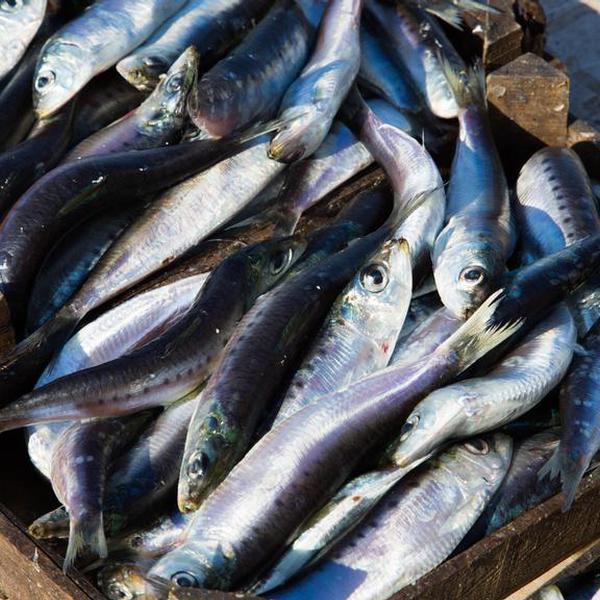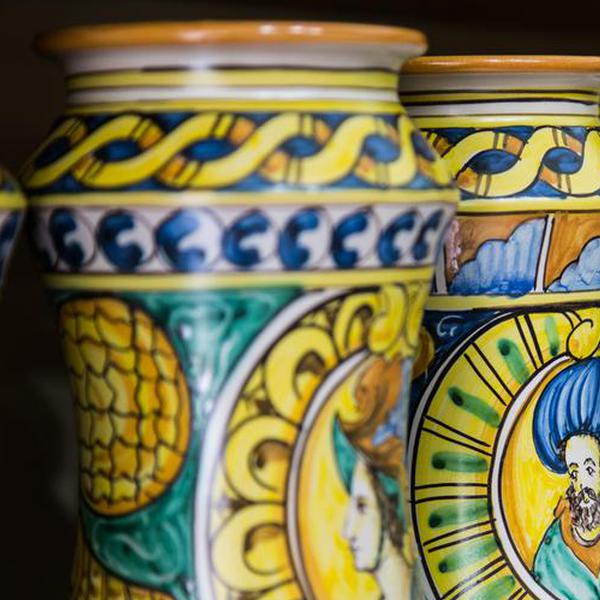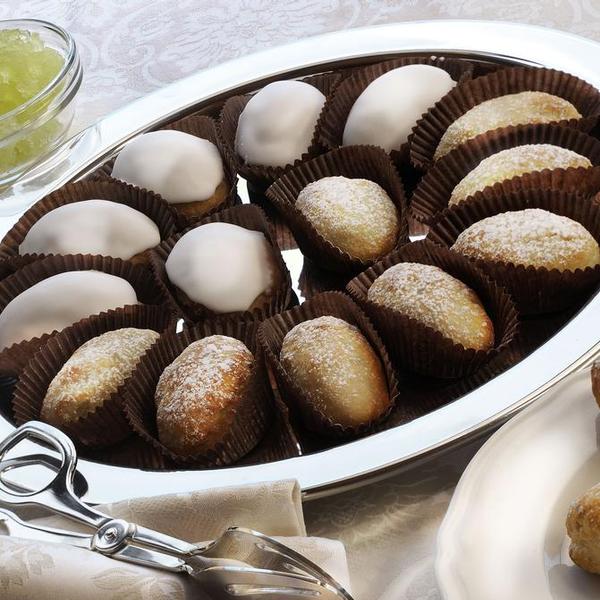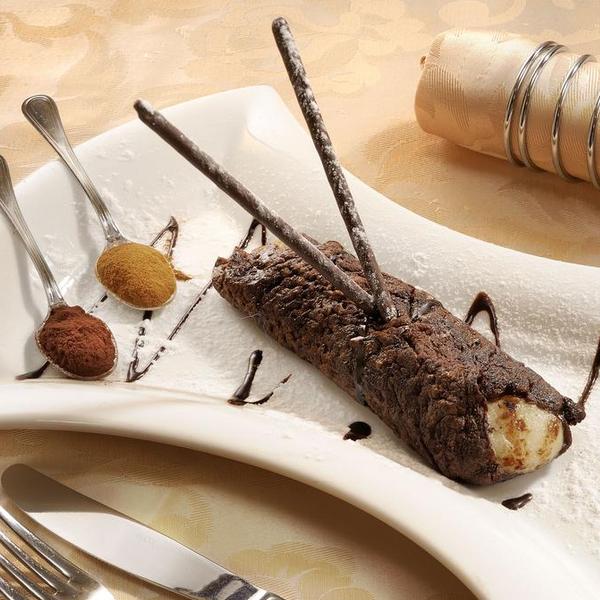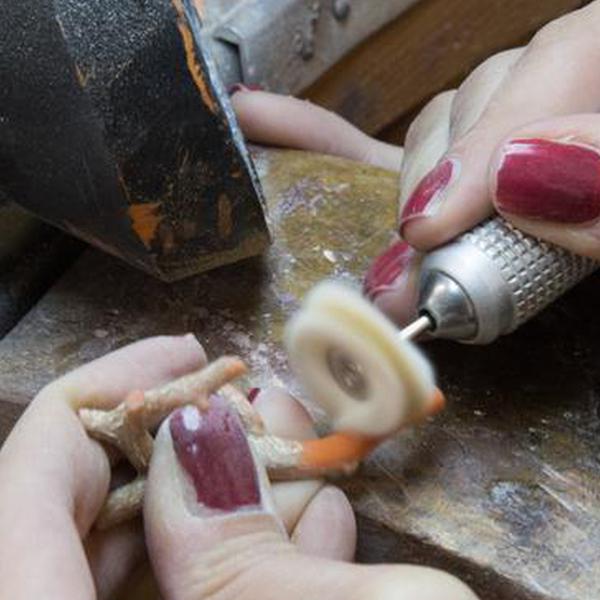Sciacca
Agrigento
Sciacca is one of the most famous cities in Sicily thanks not only to its monuments, to its fascinating history, to its excellent position but also thanks to its carnival and to the thermal baths of Selinunte and Acquae Labados, that have made it the city of Hot Springs.
The Greeks, who founded the first inhabited town, called the area “therma” after discovering the thermal hot water springs. Then, as a result of the variety of populations that came and went, and their linguistic diversity, it became Xacca then Sacca and finally Sciacca in dialect.
After the first Punic war (264-241 BC) Sicily came under the rule of Rome. During this period of Byzantine control there was a presence of hermit monks in the province, which included Saint Calogero who withdrew to Sciacca, living a hermit existence in a cave on mount Kronio.
After three centuries of Byzantine rule, Sicily came under Arab and subsequently Normal control, which was followed by a period of Swabian rule. Then the war of Vespers broke out and Sicily went through periods of Angevin rule, Aragonese rule and Spanish domination, under which the “caso di Sciacca” took place: a century-long bloody battle between the Catalan house of Luna and the Norman house of Perollo. After the Spanish domination it was the turn of the Bourbon Kingdom, however, with the landing of the One Thousand at Marsala, many young people form Sciacca set off to help Garibaldi and so the Bourbon kingdom fell and the Kingdom of Italy was proclaimed. In 1875 Sciacca saw a boost in its economy with the discovery of coral reefs on its shores.
